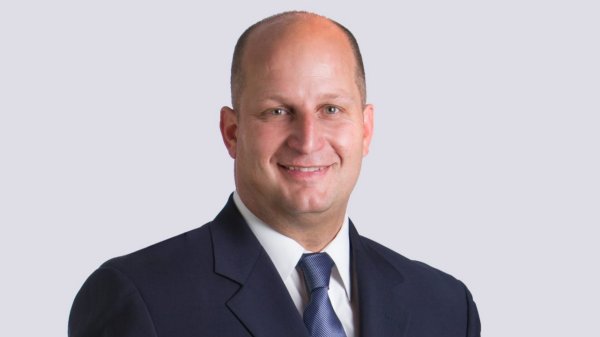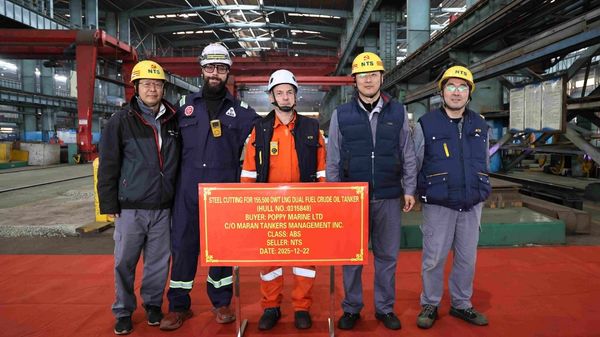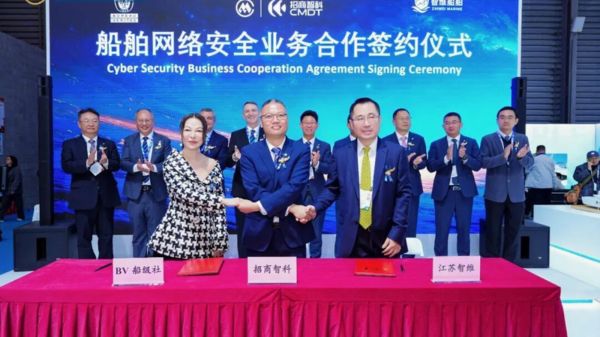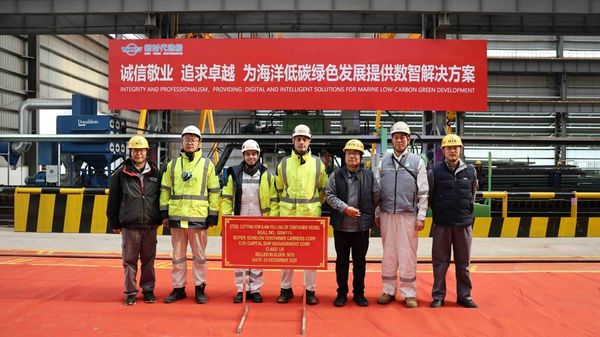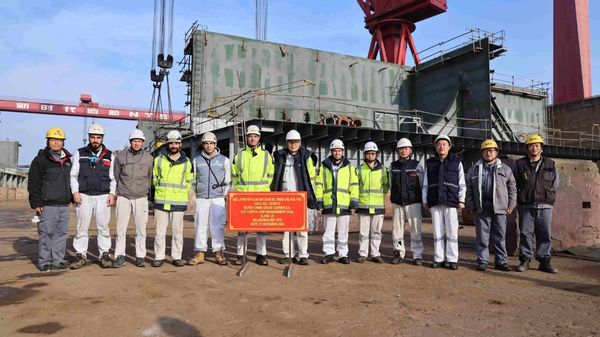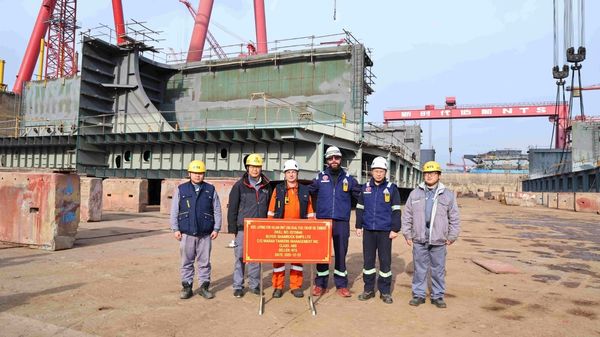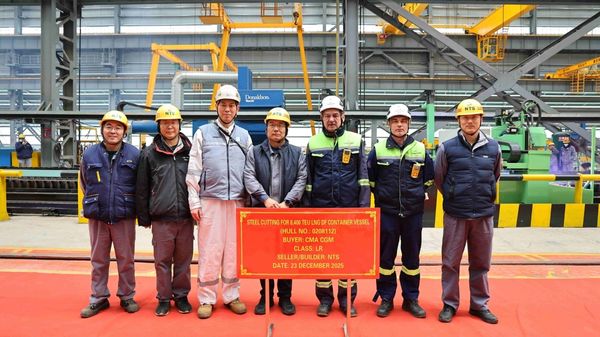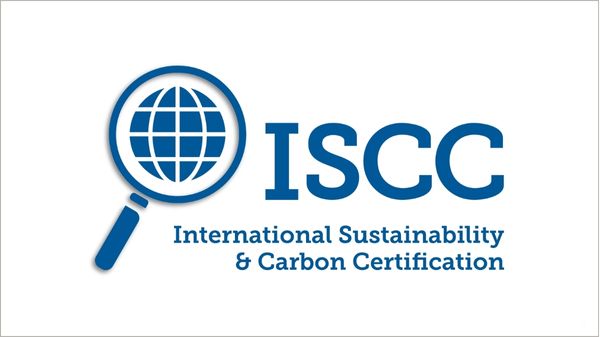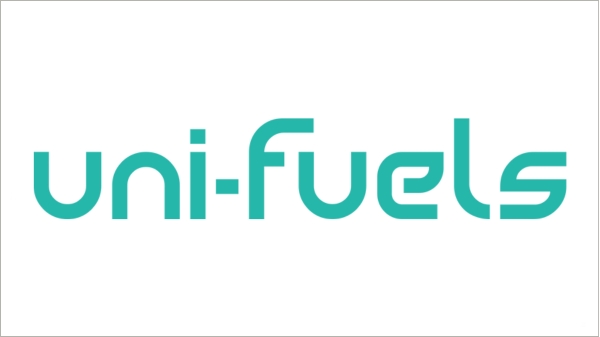By Søren Høll, CEO of KPI OceanConnect
This time last year, VLSFO prices stood at all-time highs. To much of the world, it seemed as though IMO 2020 might have permanently created large HSFO-VLSFO spreads, and a more fundamentally complex supply chain. As if that wasn't enough, rumours of quality management issues abounded. We now know just how rapidly things changed after those early weeks last year.
The Covid-19 pandemic has affected each bunkering hub differently, but it has universally created new challenges and operational dynamics. For example, although
Panama has seen VLSFO sales increase since October 2020, it has not yet reached pre-pandemic levels, which stood at
388,307 tonnes in January 2020. On the other hand, despite the challenges posed by Covid-19 and IMO 2020,
Singapore remains the world's top bunkering port with sales amounting to
49.8m tonnes in 2020, an increase of 5.0 percent year-on-year.
Demand for fuel from the
cruise industry has remained at
historic lows since April 2020, while other sectors – including containers – have seen bunker demand fluctuate massively. However, the reality is that except for cruise and some niche sectors such as pure car/truck carriers (PCTCs), most segments within the shipping industry have maintained
high levels of operation.
What we thought we knew
When IMO 2020 first entered into force, there were concerns that some regions would not have the capacity to supply enough distillate fuels to meet both domestic and maritime demand. This has not proved to be the case.
Many industries that would normally consume significant amounts of distillate fuels haven't due to coronavirus, and there has been more than enough compliant fuel to go around.
Covid-19 has dominated so much of our lives over the last year that it's easy to forget the major supply-side challenges at the start of 2020. Disagreements within OPEC+ over how much crude oil to produce led to a huge
supply surplus just as demand started to fall. Some agreements have now been made to reign in oil production – including Saudi Arabia's planned 1m bpd cut – but
latent supply is likely to exceed actual demand for some time to come as numerous key oil producers remain offline.
Vaccine rollouts are commencing across the world. There is hope that our lives will start to return to normal over the coming months, but some of the risks highlighted in 2019 may rear their head once more. Although the severest predictions of 12 months ago are unlikely to come to pass.
An unprecedented year
Bunker prices saw
huge volatility in 2020. VLSFO in Rotterdam fell from roughly $600 per tonne in January to $150 per tonne in May and has since risen to the low $300s.
This may have been an extreme year, but it is a textbook example of why it's important to create comprehensive
procurement and risk management strategies. As marine fuel is often the biggest single operational expense, unexpected
spikes in cost can rapidly affect
liquidity and
profitability.
Over the last decade, we have seen big price moves become more common. Shipowners, charterers, and bunker suppliers can be left exposed by even modest changes in price, let alone the dramatic shifts we saw during 2020.
Proper risk management requires an expert understanding of the risks involved, and strong financial backing. For almost everyone this means working with trusted industry partners to develop policies and practises that enable shipowners or charterers to plan for any eventuality with confidence.
A new dynamic
The more marine fuels are regulated, the more
complex procurement becomes. Since the arrival of ECAs and certainly post-IMO 2020, this has meant that the traditional, purely commoditised relationship between bunker suppliers and customers is no longer fit for purpose. Price will always remain important, but this new dynamic requires
new strategies to deliver value.
Modern bunker traders need to act as trusted partners across the entire fuel procurement process, delivering expert
technical and supply chain support while helping to
manage risk. This means acting
transparently and collaboratively to implement bespoke 'energy' strategies that meet a shipowner’s needs, now and in the future.
One of the most important aspects of a marine 'energy' strategy must be managing risk. This includes risks caused by price
volatility, especially as global
demand for distillate fuels increases; bunker traders must be equipped to safeguard their own liquidity in the face of price rises as well as a client's liquidity. Bunker traders must therefore be able to rely on
financial strength and secure backing, as well as comprehensive insurance and specialist knowledge to deliver long term value.
As market needs change, companies operating within the bunker industry will need to adapt. Building the technical and local expertise, global coverage, and financial and organisational strength required will require some in the industry to revolutionise their business model.
Consolidation, such as the merger between
KPI Bridge Oil and
OceanConnect Marine to create KPI OceanConnect, will be a key driver in this transition and to accelerate the necessary changes. The added value for shipowners, operators and charterers of partnering with an organisation that not only meets this criteria, but delivers advanced marine energy solutions on a global scale by leveraging the enhanced synergies through a consultative approach are clear. We have brought together new ideas and ways of thinking, as well as more knowledge and expertise, to create a renewed energy in a changing marketplace.
Transformational industry change will never be straightforward. There will be challenges ahead for the entire bunkering sector, as old, purely transactional processes are replaced by comprehensive consulting services. At the same time, there is little doubt that bunkering will only get more complex over time and the value of taking a partnership-based approach will only increase further.

